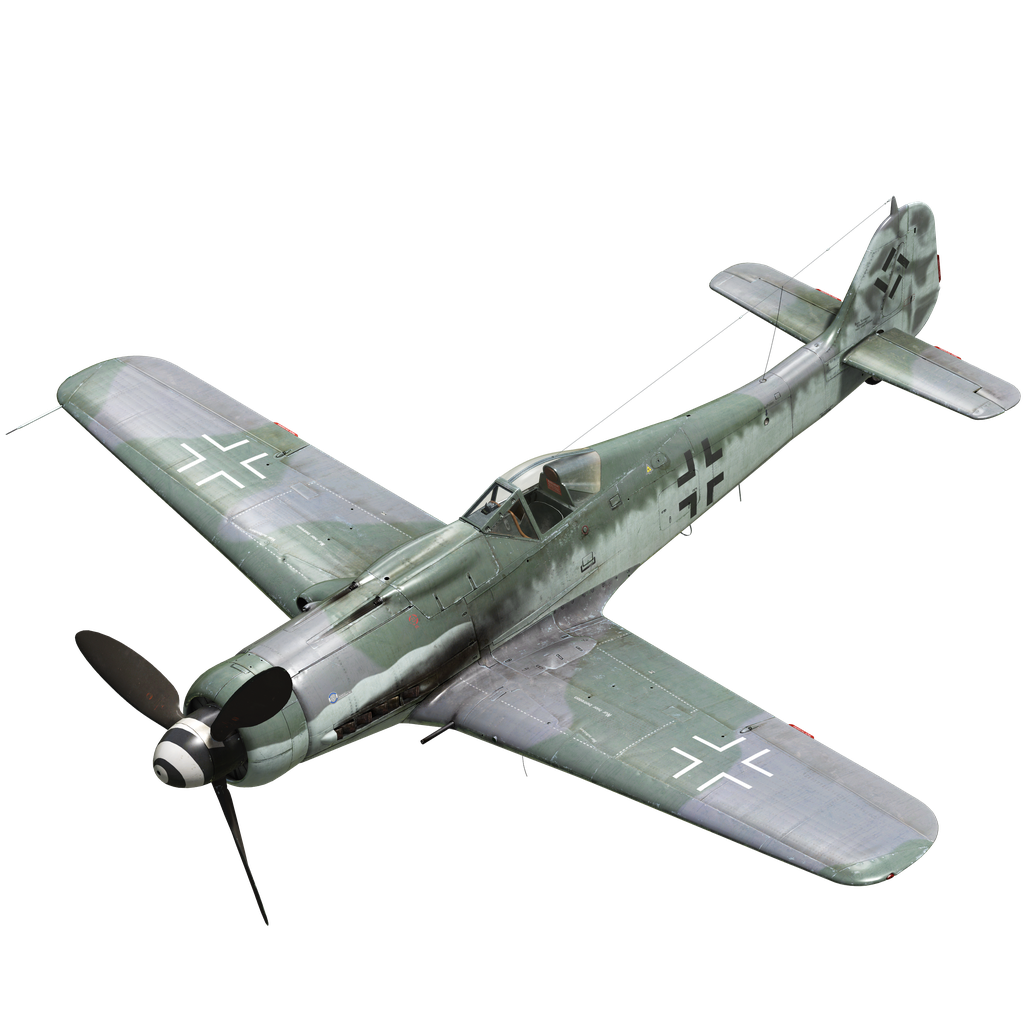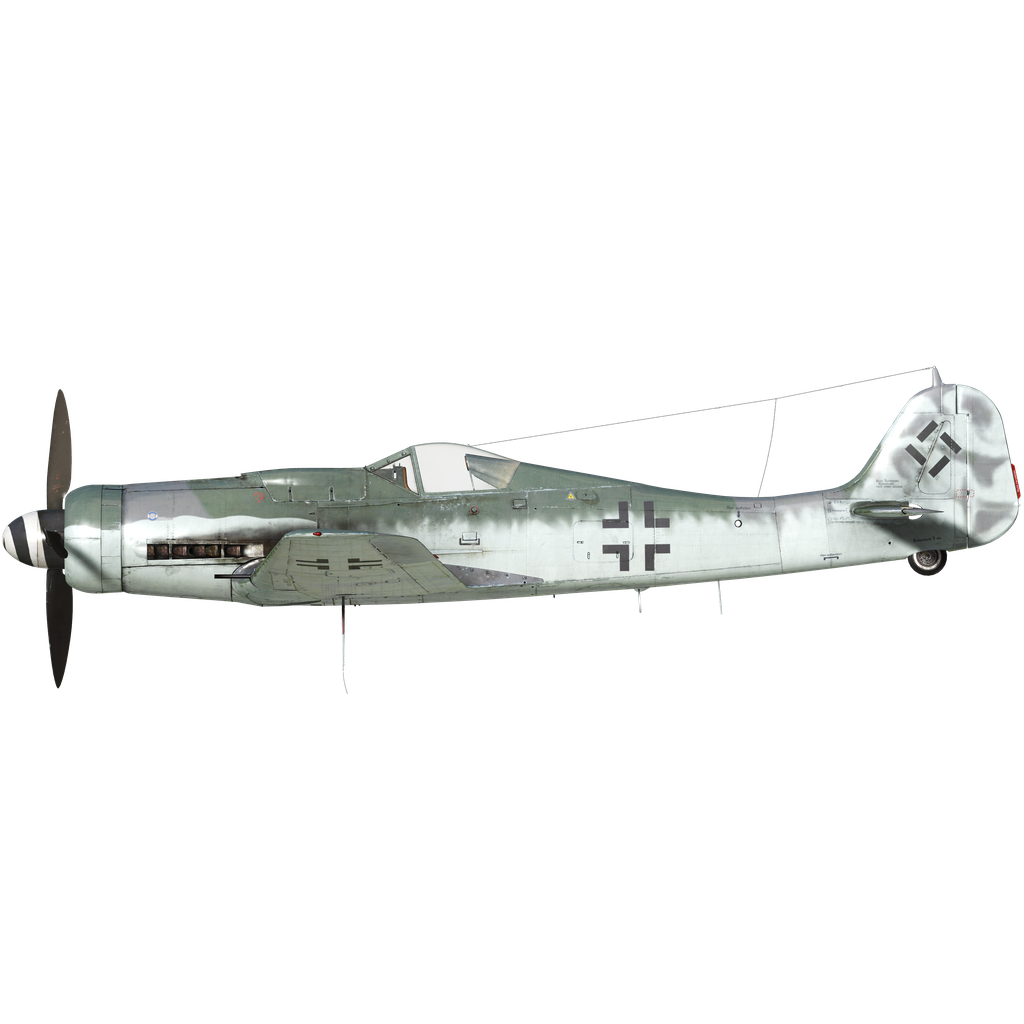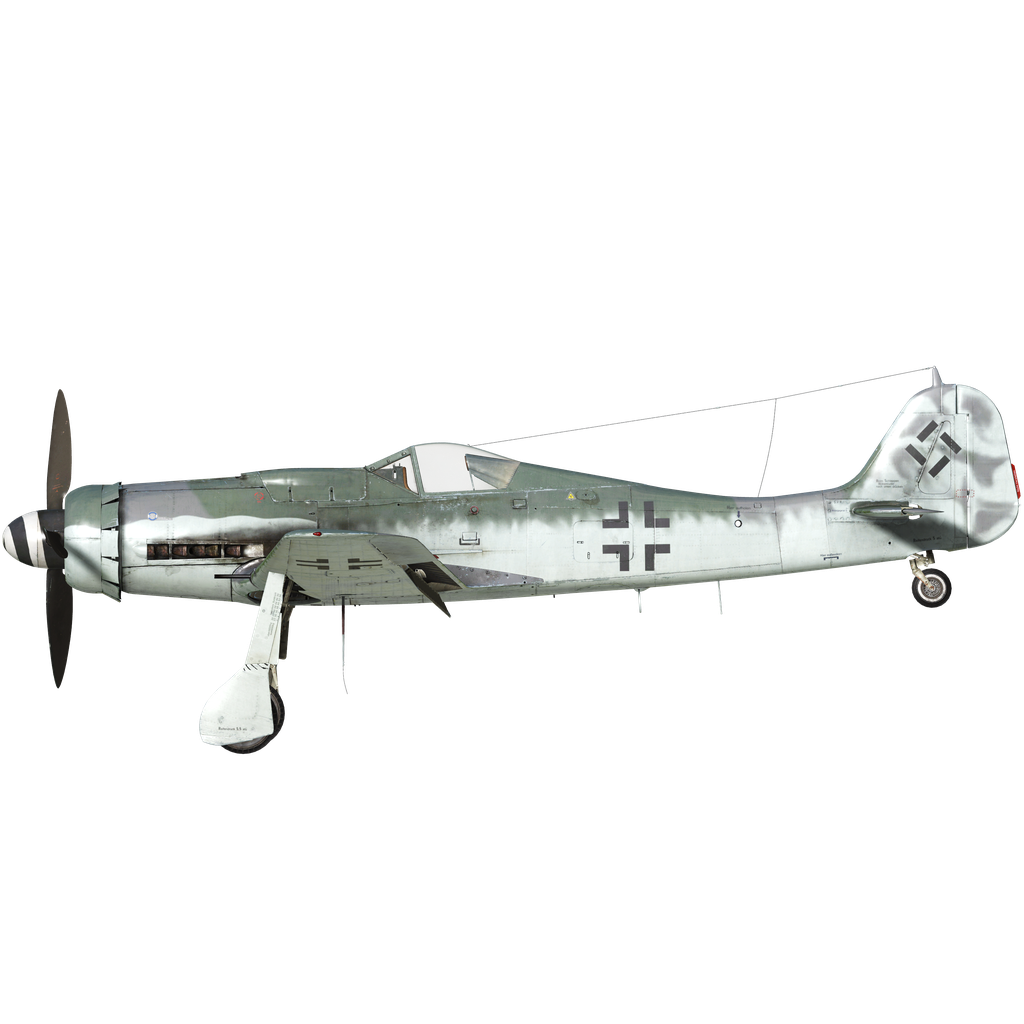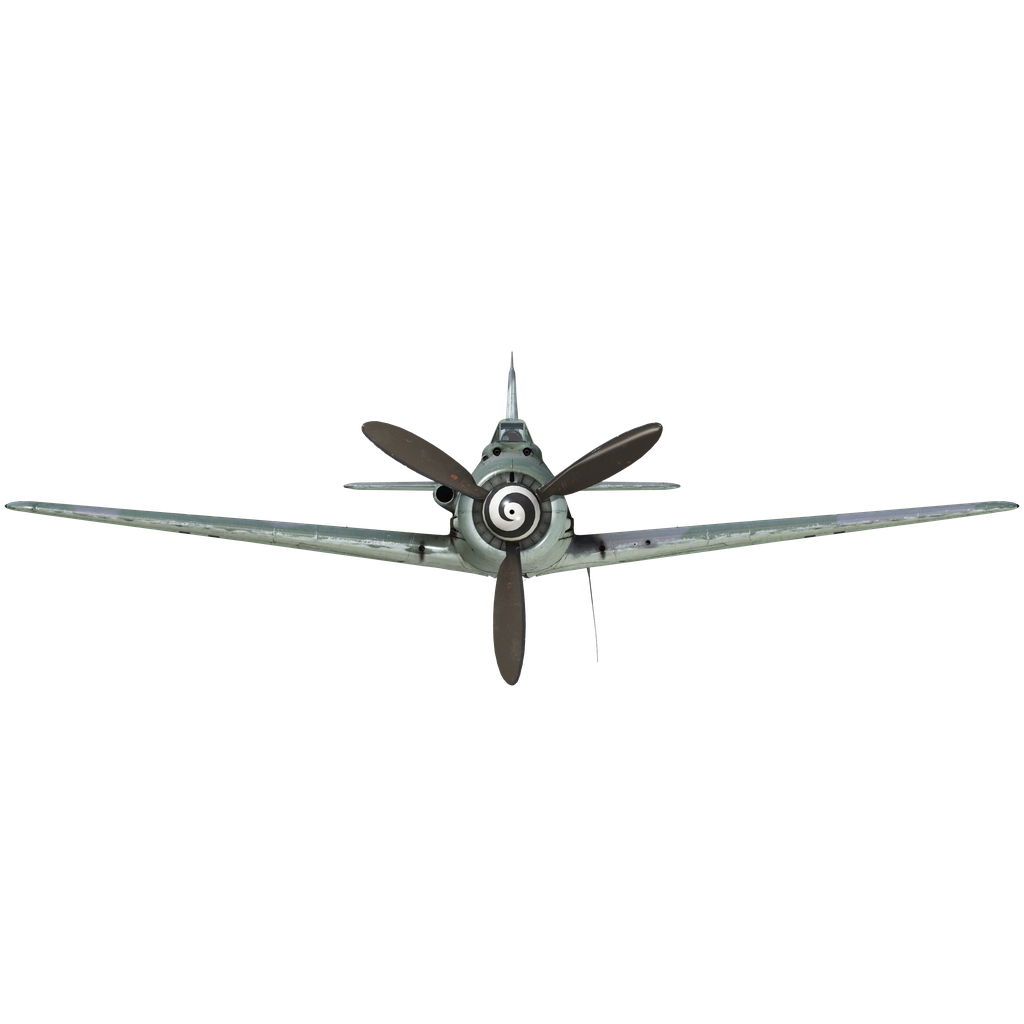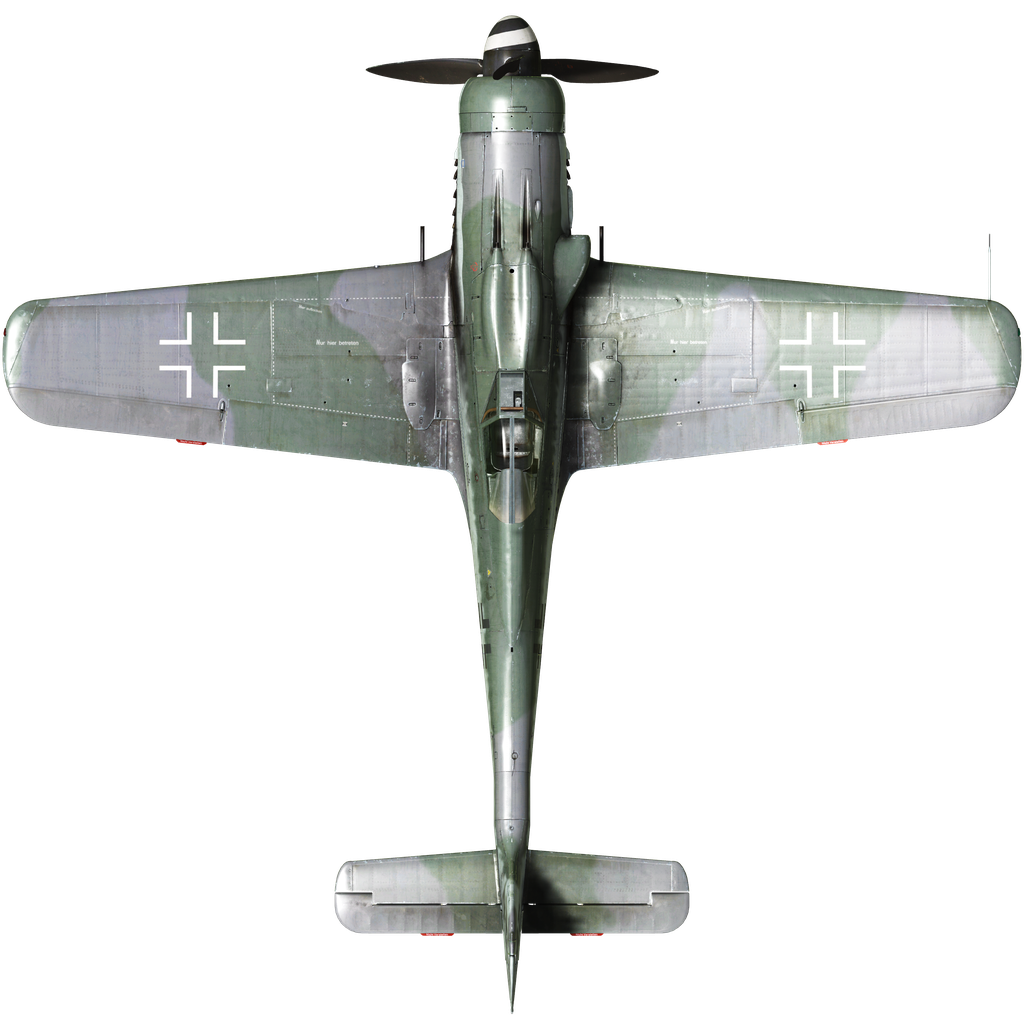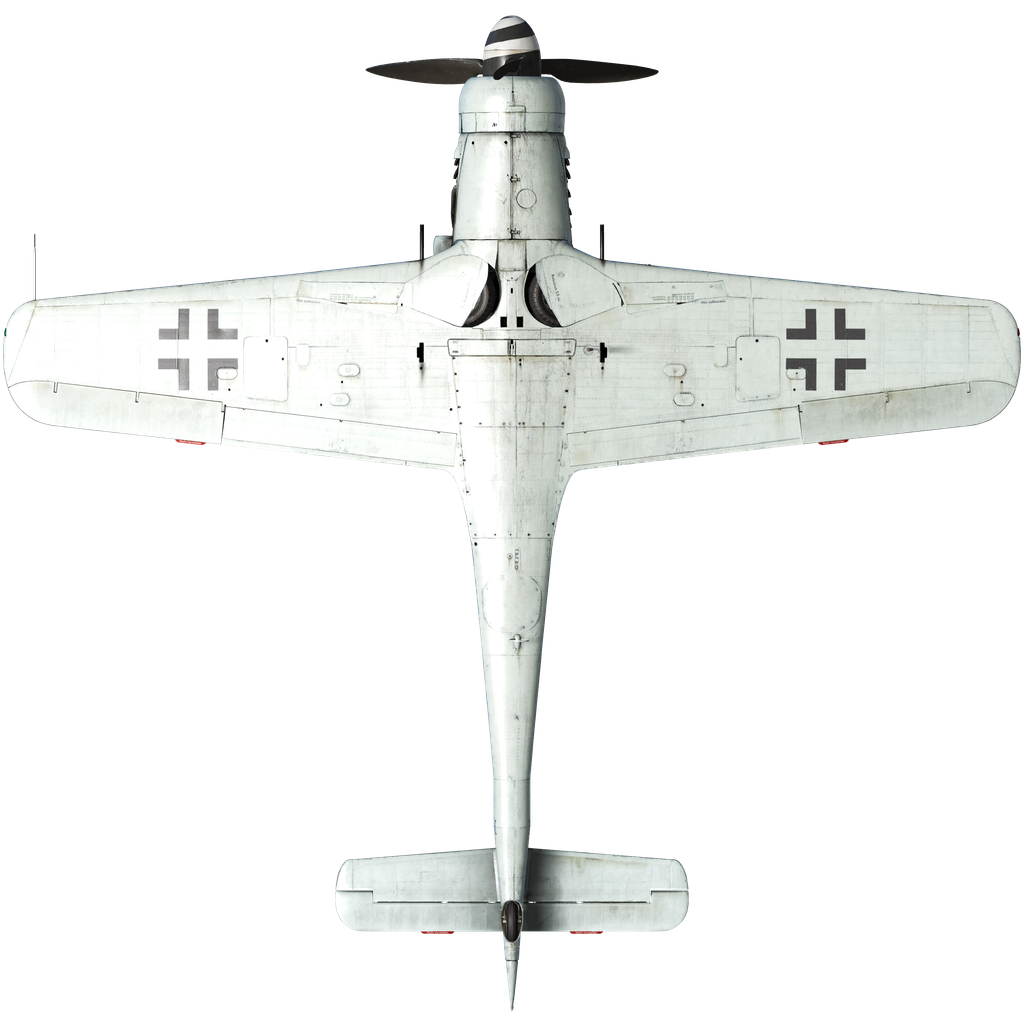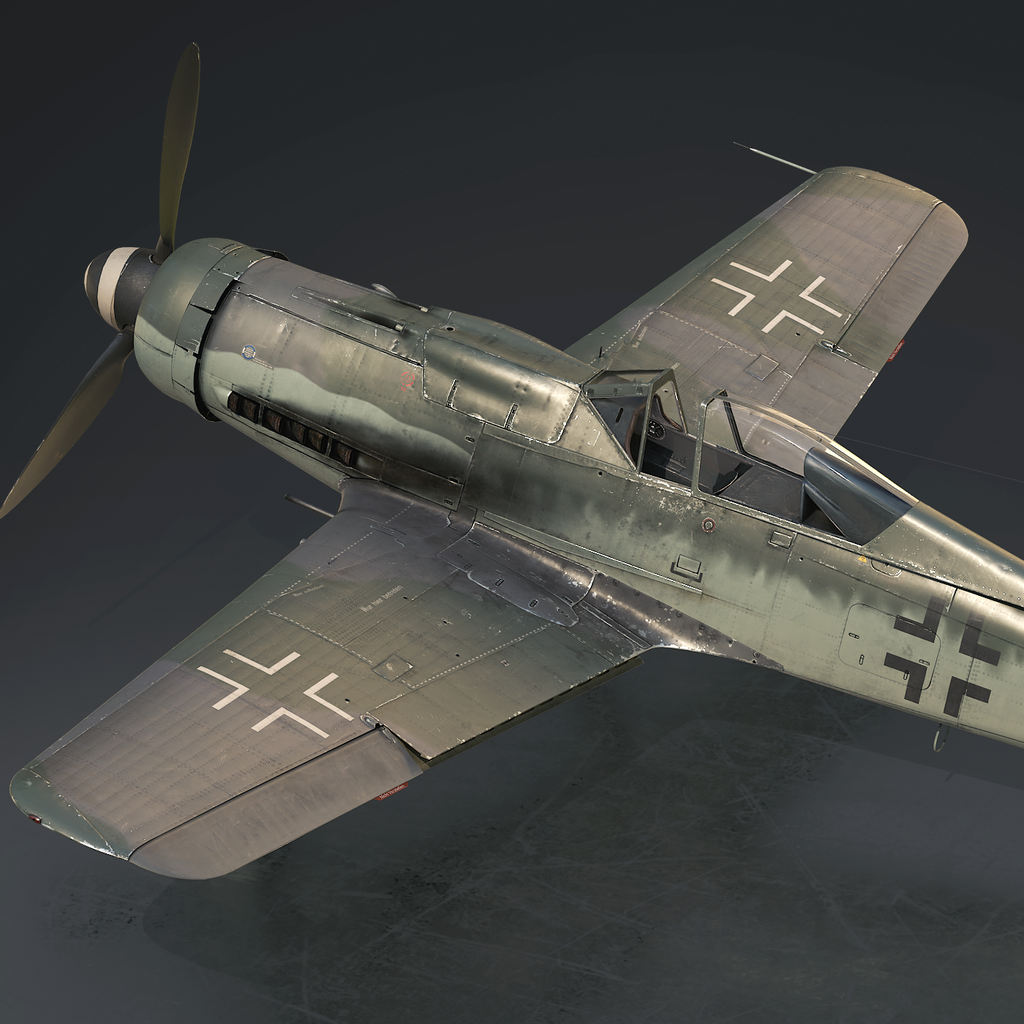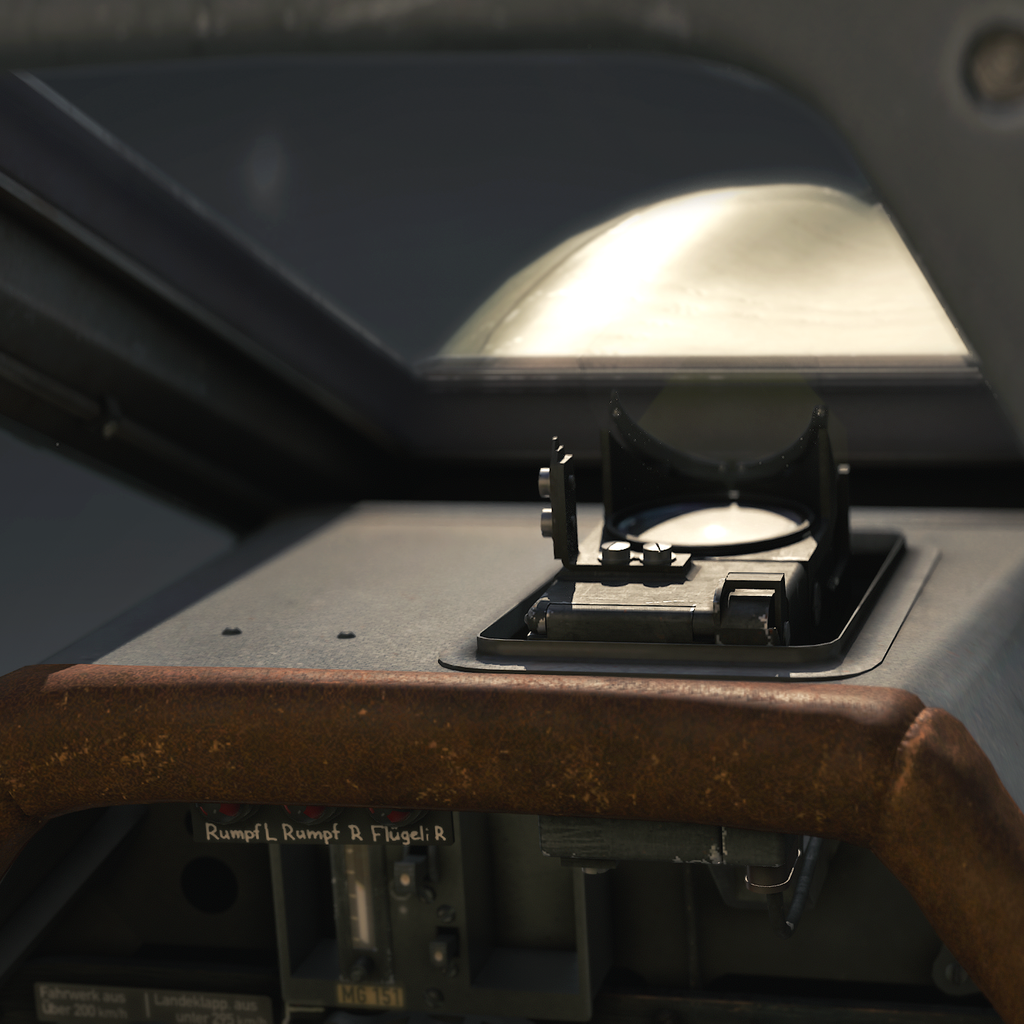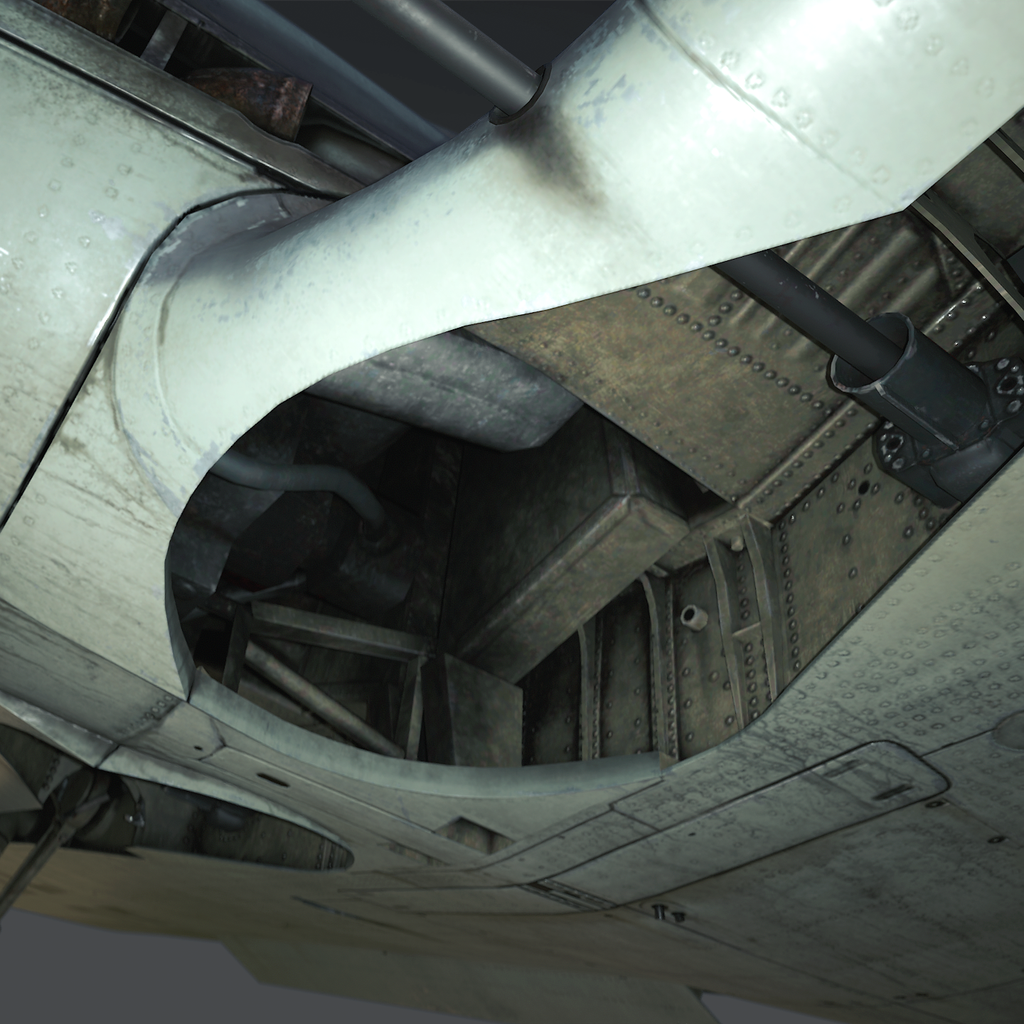In 1938, the Luftwaffe Technical Directorate, disappointed by the debut of the first Bf 109 series in Spain, asked Focke-Wulf to design a new fighter. A distinctive feature of the new aircraft, whose prototype took to the skies on June 1, 1939, was the use of an air-cooled engine and a large convex cockpit canopy with a minimum of metal binding parts. The aircraft was characterized by good controllability and low stick loading.
During the war, modifications of fighter planes with high-altitude engines were developed, one of which was the Fw 190 D version with the Jumo 213 engine — the first tests were conducted as early as March 1942. Allied air raids delayed the introduction of this engine into serial production, which began in mid-1944. The "long-nose" modification of the Fw 190 D-9, the "Dora-9," went into mass production at the same time.
The water-cooled Jumo 213 engine was a further development of the 1936 Jumo 211 engine but was smaller and produced more power. The Jumo 213 AG had a takeoff power of 1900 hp, and the MW 50 system made it possible to raise it to 2240 hp for 10 minutes when the altitude decreased from 5500 m to 4750 m. At high altitudes, the GM-1 boost system was planned, but in reality, unlike the MW 50, it was not used. The engine was mounted on a lengthened engine frame, and a ring-type radiator with adjustable flaps was located in the nose.
The pilot's cockpit and two main fuel tanks were located in the center of the fuselage. The tail section housed the rest of the equipment, and the tail unit was attached by a special insert that balanced the elongated engine.
The aircraft repeated the design solutions of the Fw 190 A-9 modification, but the load-bearing elements of the fuselage were strengthened. The armament consisted of two MG 151/20 cannons in the wing roots and two synchronized machine guns. An ETC 501 (or an ETC 504) bomb rack was mounted under the fuselage to carry a 250 kg bomb or a 300-liter drop tank.
-
D-9/R1: two MG 131 machine guns in the fuselage and four 20 mm MG 151/20 cannons installed under the outer wing sections;
-
D-9/R2: 30 mm MK 108 cannon instead of 20 mm MG 151/20;
-
D-9/R5: fighter-bomber with ETC 50 or 71 underwing racks;
-
D-9/R6: two 21 cm WGr rockets under the wings for operations against large bomber formations;
-
D-9/R11 - all-weather fighter. It was equipped with a PKS 12 autopilot, FuG 16Za, FuG 25a, and FuG 125 radio equipment (a radio navigation device that allowed a "blind" landing), as well as an LGWK 23 anti-icing device;
-
D-9/R14 - a torpedo bomber that could carry one LT 1B torpedo (LTF 56) or one BT 1400 torpedo bomb, suspended from a standard ETC 504 mount using an adapter. Development of this modification was canceled;
-
D-9/R20 - equipped with the MW 50 system. During production the D-9 received this system as standard, so the designation was not used;
-
D-9/R21 - a combination of R11 and R20 - an all-weather fighter with an engine equipped with the MW 50 system;
-
D-9/R25: variant with the Jumo 213 ZEV engine, with the same equipment as the R11 and R20. An additional fuel tank at the rear of the fuselage and two tanks in the wing for the MW 50 system. It was planned that this version would be put into production in July - August 1945, but for obvious reasons it was not possible to do this in time.
A total of 1,805 Fw 190 D-9 aircraft were produced.
Initially, fighter pilots were critical of the new machine, but after becoming familiar with it, they could see many clear advantages over the Fw 190 A and Bf 109, including a very high dive speed and good climb rate. The maximum flight speed at an altitude of 6500 m was 685 km/h, and in the maximum boost mode of the engine with MW 50 it increased by another 15 - 20 km/h: now the Germans could reach speeds comparable to those of the American Mustang. It is true that with an increase in altitude to 8000 m, the speed of the D-9 dropped sharply, making it difficult to conduct battles at that altitude.
Used sources:
1. W. Creen “The Warplanes of the Third Reich”, Galahad Books, 1986
2. “Wings of the Luftwaffe” Translation of V. Green’s book “Combat Aircraft of the Third Reich” by A. Firsov, 1993
3. A.N. Bear "Focke-Wulf FW190" Arsenal-Press, 1993
4. O. Rastrenin “Luftwaffe attack aircraft. Myths and Reality” journal. Aviation and Cosmonautics, No. 3, 2014
5. Materials from the site airwar.ru
| Indicated stall speed in flight configuration: | 174..197 km/h |
| Indicated stall speed in takeoff/landing configuration: | 160..181 km/h |
| Dive speed limit: | 850 km/h |
Maximum load factor: 11 G
